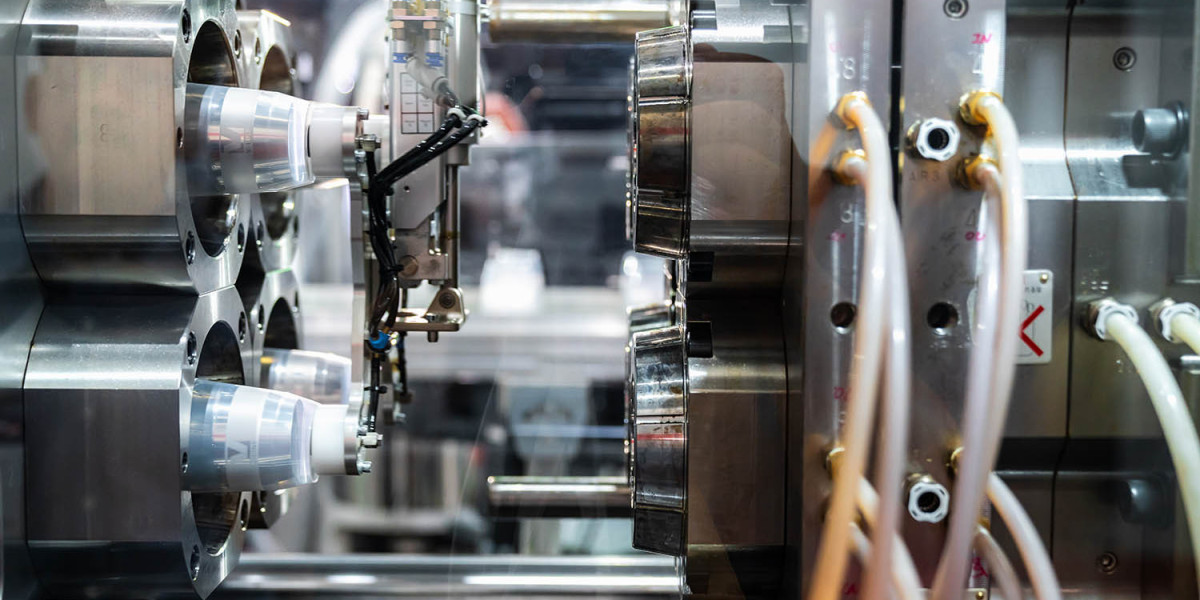In the dynamic landscape of manufacturing, plastic injection molding stands out as a versatile and efficient process that has revolutionized the way plastic products are designed and produced. From intricate components in consumer electronics to everyday items like bottle caps, plastic injection molding has become the backbone of the plastics industry. This article explores the intricacies of plastic injection molding, its applications, and the impact it has on various industries.
Understanding Plastic Injection Molding
Plastic molding is a manufacturing process that involves melting plastic resin and injecting it into a mold to create a specific shape. This method has gained immense popularity due to its ability to produce high volumes of identical parts with precision and speed. The process typically involves several stages: melting, injection, cooling, and ejection.
Melting The journey begins with the raw material – plastic resin. Different types of plastic resins are available, each with unique characteristics. The chosen resin is fed into the injection molding machine, where it is melted to a liquid state.
Injection Once melted, the plastic is injected into the mold under high pressure. The mold, usually made of steel or aluminum, is crafted to the exact specifications of the desired product. This precision ensures that each finished piece is uniform and meets the specified design requirements.
Cooling After injection, the molten plastic inside the mold is allowed to cool and solidify. The cooling time is a critical factor, impacting the overall cycle time of the process. Proper cooling is essential to prevent defects and ensure the structural integrity of the final product.
Ejection Once the plastic has solidified, the mold opens, and the newly formed product is ejected. The mold can then be closed again for the next cycle. This cycle repeats rapidly, allowing for the mass production of identical items.
Applications of Plastic Injection Molding
Plastic injection molding has found widespread applications across various industries, owing to its ability to produce intricate and high-quality components. Some key sectors benefiting from this technology include:
Automotive Industry Plastic injection molding is extensively used in the automotive sector for producing components such as dashboards, bumpers, and interior trims. The process allows for the creation of lightweight yet durable parts, contributing to fuel efficiency and overall vehicle performance.
Consumer Electronics The sleek and compact designs of modern electronic devices are often made possible by plastic injection molding. From smartphone casings to intricate components within electronic gadgets, this process enables the production of complex shapes with precision.
Medical Devices The medical industry relies on plastic injection molding for the production of various devices and equipment. From syringes to complex diagnostic tools, the process ensures the creation of sterile and high-precision components crucial for healthcare applications.
Packaging Industry Plastic injection molding plays a pivotal role in the packaging industry, producing items such as bottle caps, containers, and closures. The ability to mass-produce identical parts with consistent quality is crucial in this sector.
Consumer Goods Everyday items like toothbrushes, kitchen utensils, and toys are often manufactured using plastic injection molding. The process allows for cost-effective production of these items in large quantities while maintaining quality and consistency.
Environmental Considerations
While plastic injection molding offers numerous benefits in terms of efficiency and versatility, there is a growing awareness of its environmental impact. The disposal of plastic waste has become a global concern, and the plastics industry is actively exploring sustainable alternatives.
Recycling Initiatives Efforts are underway to enhance the recyclability of plastic materials used in injection molding. Innovations in recyclable resins and improved recycling processes aim to minimize the environmental footprint of plastic products.
Biodegradable Materials Researchers are exploring the use of biodegradable plastics derived from renewable sources. These materials offer a more eco-friendly alternative, breaking down naturally over time and reducing the reliance on traditional petroleum-based plastics.
Conclusion
Plastic injection molding stands as a testament to human ingenuity in the field of manufacturing. Its ability to create complex shapes with precision and efficiency has transformed industries and brought forth innovations that shape our daily lives. As we continue to advance, it is essential to balance the benefits of plastic injection molding with environmental responsibility, ensuring a sustainable future for both manufacturing and the planet.








